Director John Ford made some of the most legendary western films in cinematic history, and his frequent collaborator John Wayne often added his cowboy star power to those classics. Highly respected by his contemporaries for his lavish camerawork and on-location shooting style, Ford’s 50-year career in cinema earned him four Best Director Oscars among a slew of other accolades. Similarly, Wayne’s massive movie and TV catalog earned him a reputation as one of the Golden Age of Hollywood’s biggest movie stars, and he won the Best Actor Oscar for his turn in the film True Grit towards the end of his career in 1970.
Starting with 1939’s Stagecoach, the actor-director pair would collaborate for a total of 14 feature films, with nine of them being their signature westerns. Though Wayne attempted to break away from westerns at one point in his career, his cowboy roles were what made him famous, and Ford helped to make him a movie star. Unlike most cookie-cutter westerns of Old Hollywood, the works of Ford usually contained richer themes that not only explored the outer world of the West, but also the inner worlds of the hardened cowboys and cavalrymen that made up the cast of characters.
9Rio Grande (1950)
![John Wayne and Maureen O'Hara pose for a promo image for Rio Grande]()
1950’s Rio Grande was the finale of the “Cavalry Trilogy” and saw Wayne reprise his role as Kirby Yorke who had been promoted to Lt. Colonel in the years since 1948’s Fort Apache. The film followed Yorke as his estranged son (Claude Jarman Jr.) arrived as a soldier in his regiment, and the return of Yorke’s wife (Maureen O’Hara) further complicated matters. Though it was the worst of Ford’s “Cavalry Trilogy”, Rio Grande was nevertheless a serviceable western in its own right. What the film lacked was deeper meaning, and its well-tread plot was devoid of the themes and subtlety of other Ford westerns.
8The Horse Soldiers (1959)
![John Wayne stands among his men in The Horse Soldiers]()
Though a western to its core, 1959’s The Horse Soldiers was set in the American South during the Civil War. The film followed Colonel John Marlowe (Wayne), as he led his Union soldiers during a raid on a raid in Mississippi. Wayne played his usual swaggering hero who kissed the girl at the end, and the movie’s exploration of the psychology of war was left to William Holden’s character, Major Kendall. While it was considered by some to be a great Civil War movie, The Horse Soldiers did grossly oversimplify the historical events represented in the film. While Holden and Wayne were both stars, the former outshone the latter.
73 Godfathers (1948)
![Three men look out over the landscape in 3 Godfathers]()
Ford wasn’t known for his by-the-numbers westerns, but aspects of 3 Godfathers from 1948, didn’t ring true. In the film, a trio of desperadoes (Wayne, Pedro Armendáriz, and Harry Carey Jr.) go on the lam after robbing a bank but gain custody of a newborn baby that they swear to protect. Eschewing action sequences, the film relied on the characters to shine and they did so somewhat. Elements of humor spiced up the story at times, but the cheesy ending smacked of the Hollywood gloss that Ford’s films typically didn’t have. Ultimately, 3 Godfathers‘ references to the biblical story of the Three Wise Men were too conspicuously hammered home.
6How The West Was Won (1962)
![John Wayne smokes a cigar in How the West Was Won]()
A favorite western of filmmakers like John Carpenter, How the West Was Won from 1962 was Ford and Wayne’s last collaboration, and it was also their grandest in terms of scale. The nearly three-hour epic featured six short stories that chronicled the American settlement of the West. Wayne starred in the Civil War portion that was directed by Ford, where he played Union General William Tecumseh Sherman in a small role. More of a cameo than Wayne’s usual starring parts, his turn as the legendary Union General allowed his name to be added to the film’s impressive ensemble cast, but it did little else.
How the West Was Won was a true Hollywood epic, and it was shot on three-lens Cinerama with the intention of it being played on a large curved screen. Though the classic movie theater gimmick didn’t stand the test of time, the film itself was a summation of the western genre and covered everything from cowboy outlaws to ruddy pioneers. Ford and Wayne’s contributions to the film were relatively small, but it still managed to earn a total of eight Oscar nominations, including Best Picture, and won for Best Writing, Best Sound, and Best Editing.
5She Wore A Yellow Ribbon (1949)
![John Wayne shouts on horseback from She Wore a Yellow Ribbon]()
The second film in the “Cavalry Trilogy” saw Wayne in an entirely different role as Cavalry Captain Nathan Brittles. 1949’s She Wore a Yellow Ribbon featured Captain Brittles on the eve of retirement, as he is given a final mission to stop the outbreak of another bloody plains war. Like the previous film in the trilogy, Fort Apache, the movie’s depiction of Native Americans was a notch above the stereotypical portrayals in most classic westerns. The best western movie protagonists were usually all about fighting, but Brittles was unique in that he actively wanted to avoid a war.
Not only did Brittles treat his Indigenous acquaintances with dignity, but he had learned from the horrors of other wars and didn’t wish to repeat them. She Wore a Yellow Ribbon was somewhat more lighthearted than its predecessor, and it allowed Wayne to be more than the gun-toting cowboy that he had been typecast as. Visually, the movie was a stunning representation of the range of Technicolor film, and cinematographer Winton C. Hoch won the Oscar for Best Cinematography, Color, for his stylish and sweeping use of the camera.
4Fort Apache (1948)
![John Wayne, Henry Fonda and Shirley Temple in Fort Apache.]()
Kicking off the “Cavalry Trilogy” with a bang, 1948’s Fort Apache blended the western with the war film in a final product that was surprisingly progressive for a 1940s Hollywood movie. In the film, Captain Kirby York (Wayne) was passed up for command of the titular fort in favor of the arrogant and inexperienced Lt. Colonel Owen Thursday (Henry Fonda) who couldn’t quell tensions with the local Native American tribes. In a brilliant reversal of roles, Fonda was excellent as the infuriatingly strict Lt. Colonel Thursday, and the film’s sympathetic view towards Indigenous people was embodied through Wayne’s portrayal of the somewhat jaded Captain York.
Along with other Hollywood icons like Shirley Temple and John Agar, the cast was robust and star-studded without sacrificing any of the rich themes that subtly ran throughout the story. The clashes between York and Thursday allowed Wayne and Fonda to show why they were chosen as two of the best movie stars by the AFI, and it wasn’t without a fair amount of action either. Though all three films in the “Cavalry Trilogy” were linked by the same themes of anti-war and somewhat progressive attitudes towards Native Americans, Fort Apache excelled at those ideas more so than its successors.
3The Searchers (1956)
![John Wayne on horseback in The Searchers]()
A thread of darkness ran through all of Ford’s westerns, but 1956’s The Searchers was perhaps his most complicated and multilayered film he made with Wayne. The film followed Ethan Edwards (Wayne) who embarked on a years-long quest to recover his niece who had been abducted by Native Americans. Most remembered for its grand scale and breathtaking cinematography, The Searchers was as much about the outward grandeur of the West as it was about the inner struggle within Edwards and his mad quest for revenge. Though Wayne appeared in numerous westerns, no character was as dynamic as his take on Ethan Edwards.
Though modern reassessments of the film have been less forgiving because of its depiction of Indigenous communities as outwardly violent, the film could be seen as more fanciful than factual. Edward’s lengthy quest for revenge mirrored the obsessions of literary figures like Captain Ahab, and there was no doubt that Wayne’s take on the character made him the true villain of the piece. While it was named the greatest American western of all time by the AFI in 2008, The Searchers was certainly Ford’s most flawed masterpiece.
2The Man Who Shot Liberty Valance (1962)
![James Stewart fires a gun in The Man Who Shot Liberty Valance]()
The best Wayne movies allowed “The Duke” to shed his typical cowboy machismo, and his turn in 1962’s The Man Who Shot Liberty Valance was a nuanced performance. The story was told in flashback as Senator Stoddard (James Stewart) recalled his brush with the outlaw Liberty Valance (Lee Marvin) who terrorized the town of Shinbone years earlier. Ford chose to shoot the movie in black and white as opposed to color, and the monochrome approach shined a spotlight on the acting and stripped away the distractions. The script’s use of flashback was an interesting touch for the western genre, and Stewart’s transition to the Old West was effortless.
Unlike many classic westerns that have lost their luster through modern reassessment, The Man Who Shot Liberty Valance only grew in reputation thanks to its clever use of plot devices and its twist ending. Westerns were always somewhat straightforward in their approach to story, but the ending of The Man Who Shot Liberty Valancewas challenging and modern for a film from the early-’60s. Wayne and Stewart received high praise for their performances, and costume designer Edith Head scored an Oscar Nomination for her beautiful work on the film.
1Stagecoach (1939)
![Ringo Kid looks out of the stagecoach in Stagecoach]()
Ford’s first collaboration with Wayne not only made the latter a star, but it launched an artistic partnership that would last for decades. 1939’s Stagecoach followed a group of travelers as they were escorted through the wilderness from Arizona to New Mexico. Truly one of the first westerns to transcend the genre, Stagecoach broke the mold by introducing characters that were more archetypal than literal. Each member of the stagecoach party represented an outcast part of society, and in their mutual struggles for acceptance, they found community in the figurative wasteland.
Wayne’s Ringo Kid was almost a parody of the western movie tropes of the previous decade, but it allowed the young actor to shine with a star-making performance. Not without its modern criticism for its depiction of Native Americans, Stagecoach was very much a product of its time despite being incredibly modern for a 1930s film. The movie was nominated for seven Academy Awards including a Best Director nod for John Ford, and it managed to win two including Best Supporting Actor for Thomas Mitchell. Though he won no awards, John Wayne was the biggest winner in Stagecoach, and Ringo Kid was a role that launched his iconic career.


 Entertainment1 year ago
Entertainment1 year ago
 Entertainment1 year ago
Entertainment1 year ago
 Entertainment1 year ago
Entertainment1 year ago
 Entertainment2 years ago
Entertainment2 years ago
 Entertainment1 year ago
Entertainment1 year ago
 Entertainment1 year ago
Entertainment1 year ago
 Entertainment1 year ago
Entertainment1 year ago
 Entertainment1 year ago
Entertainment1 year ago
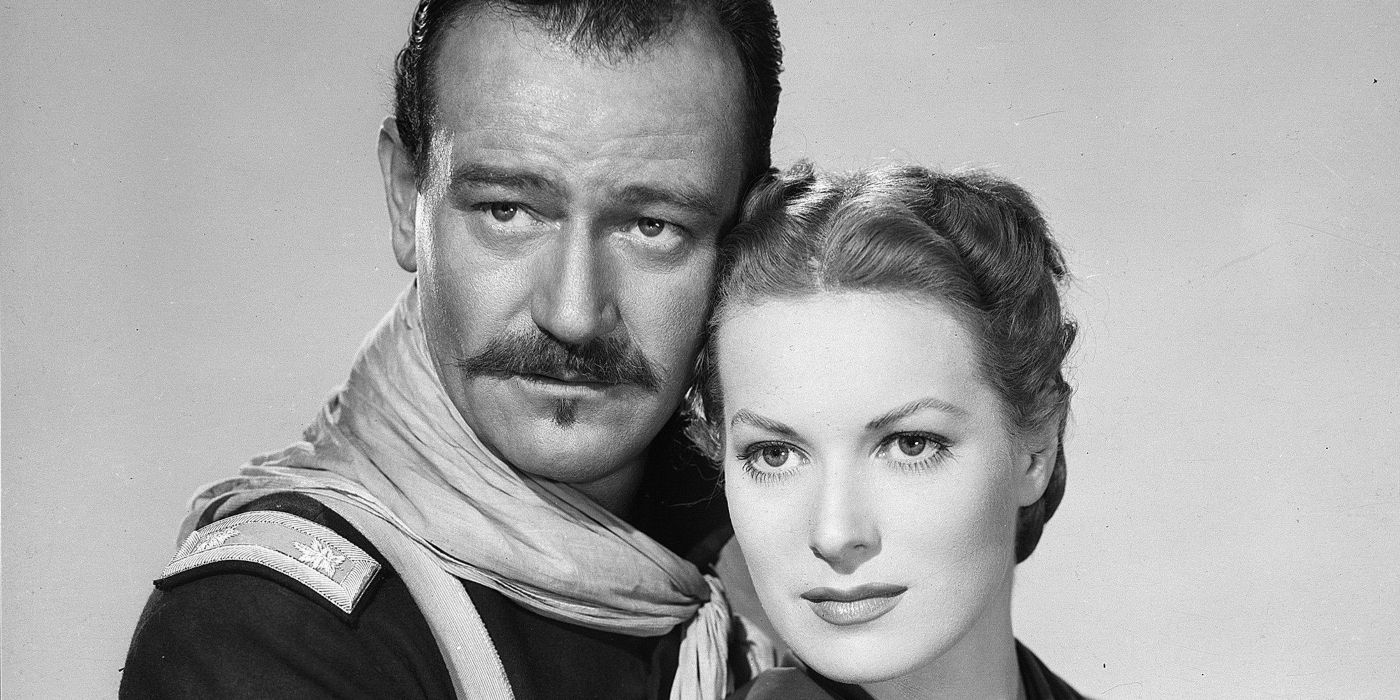
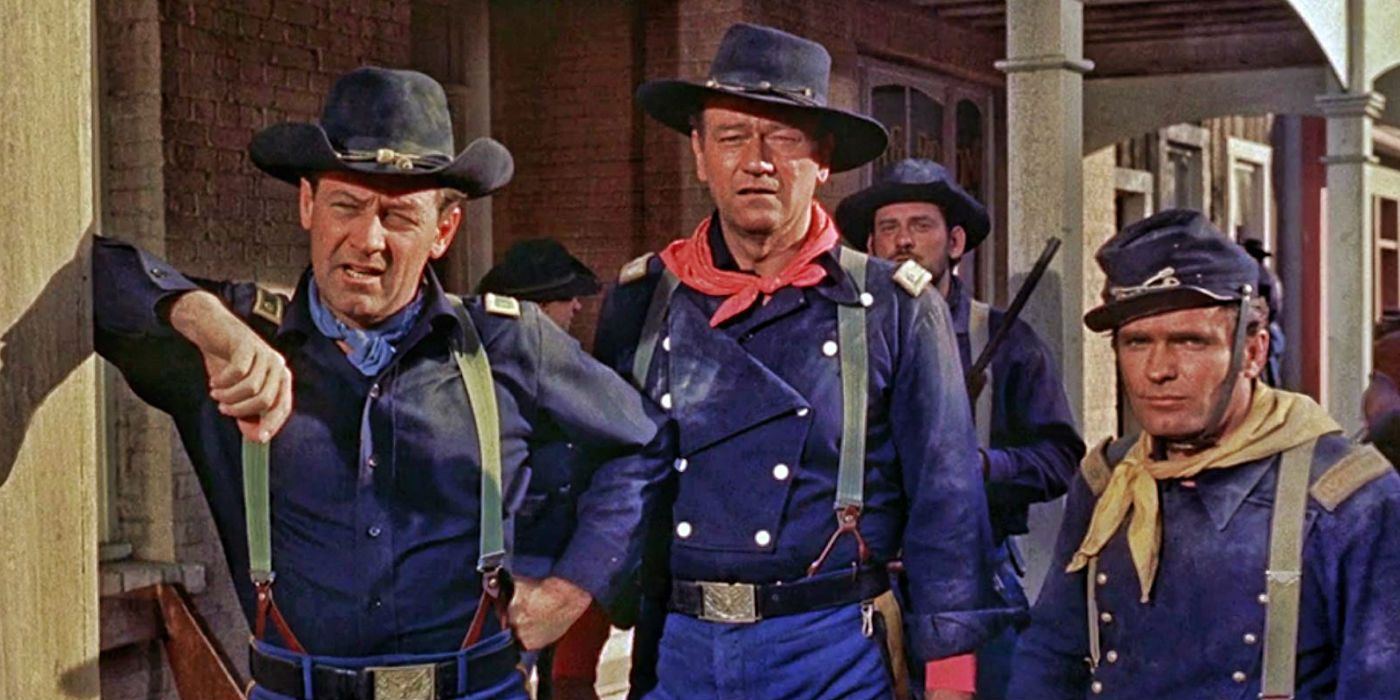
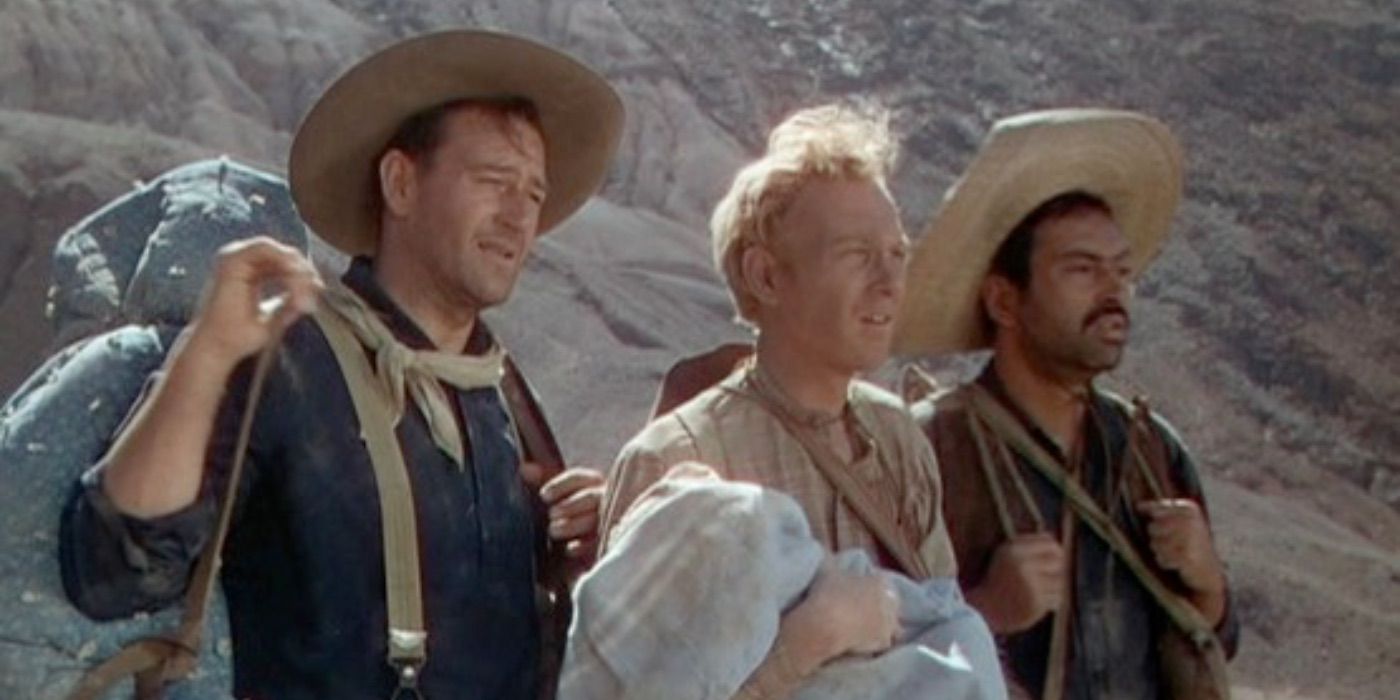
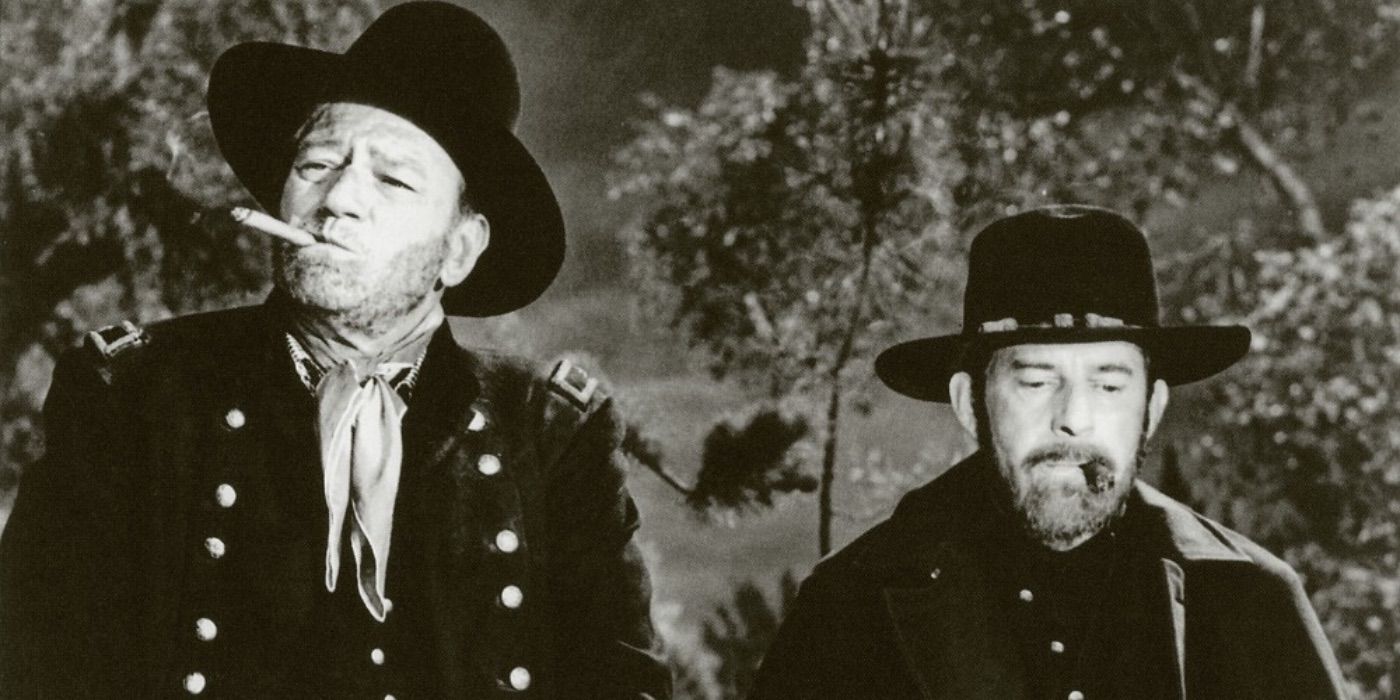
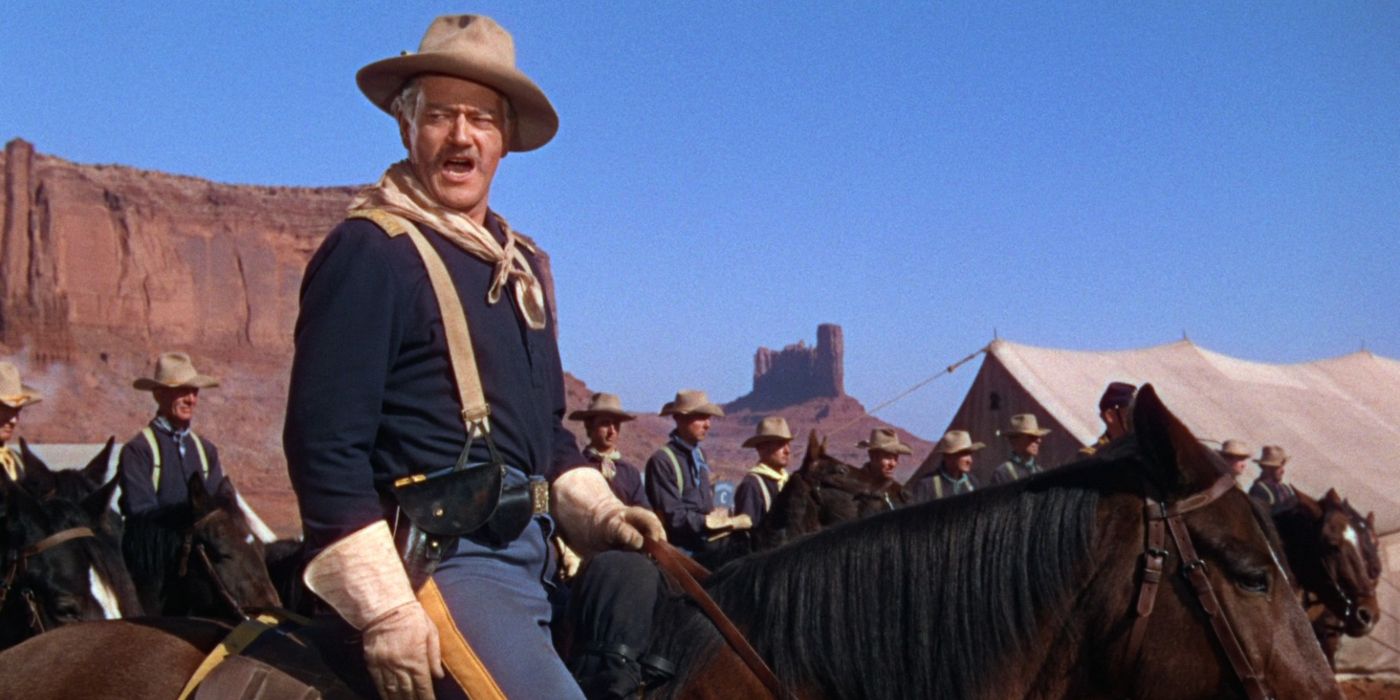
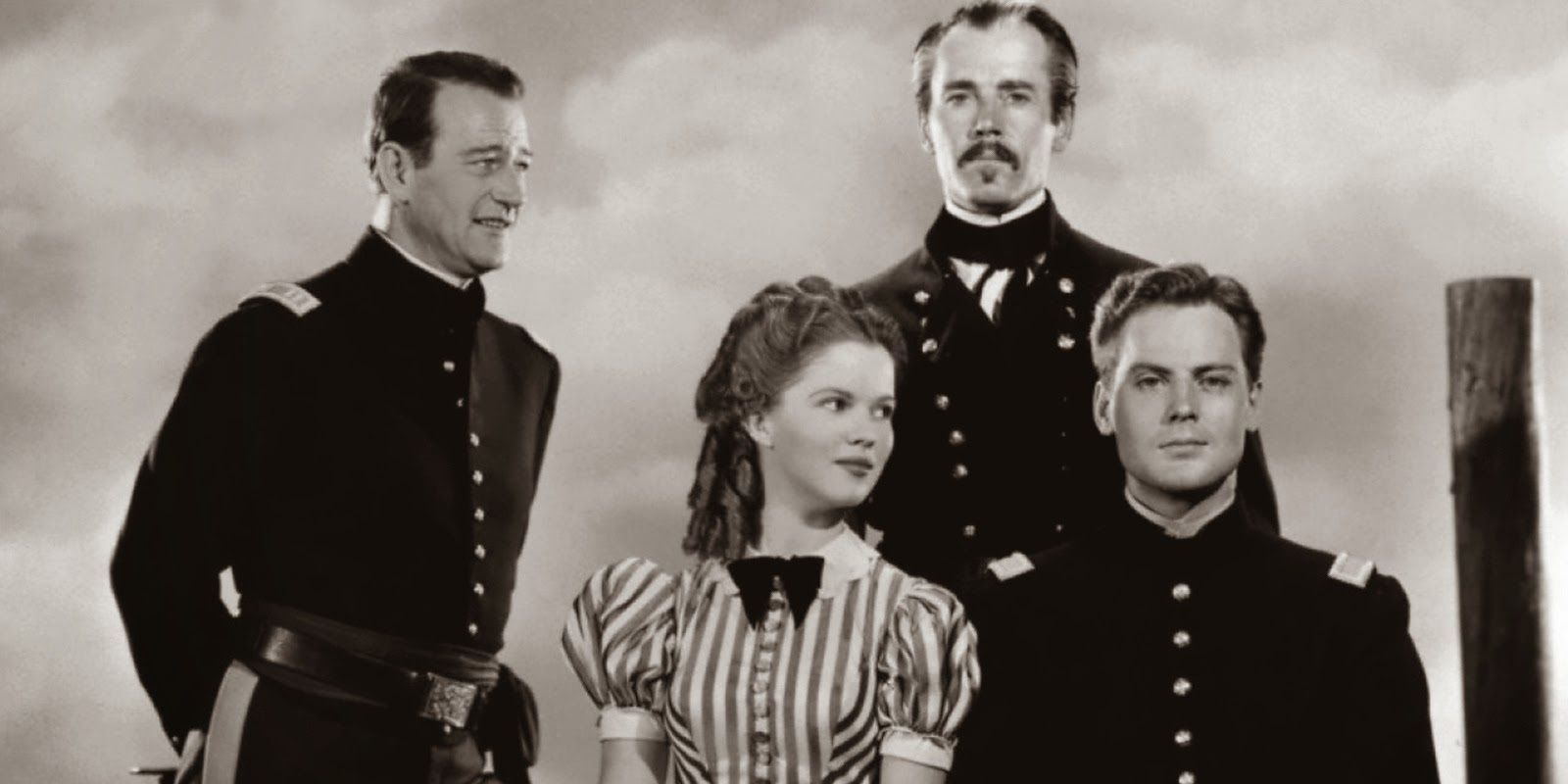
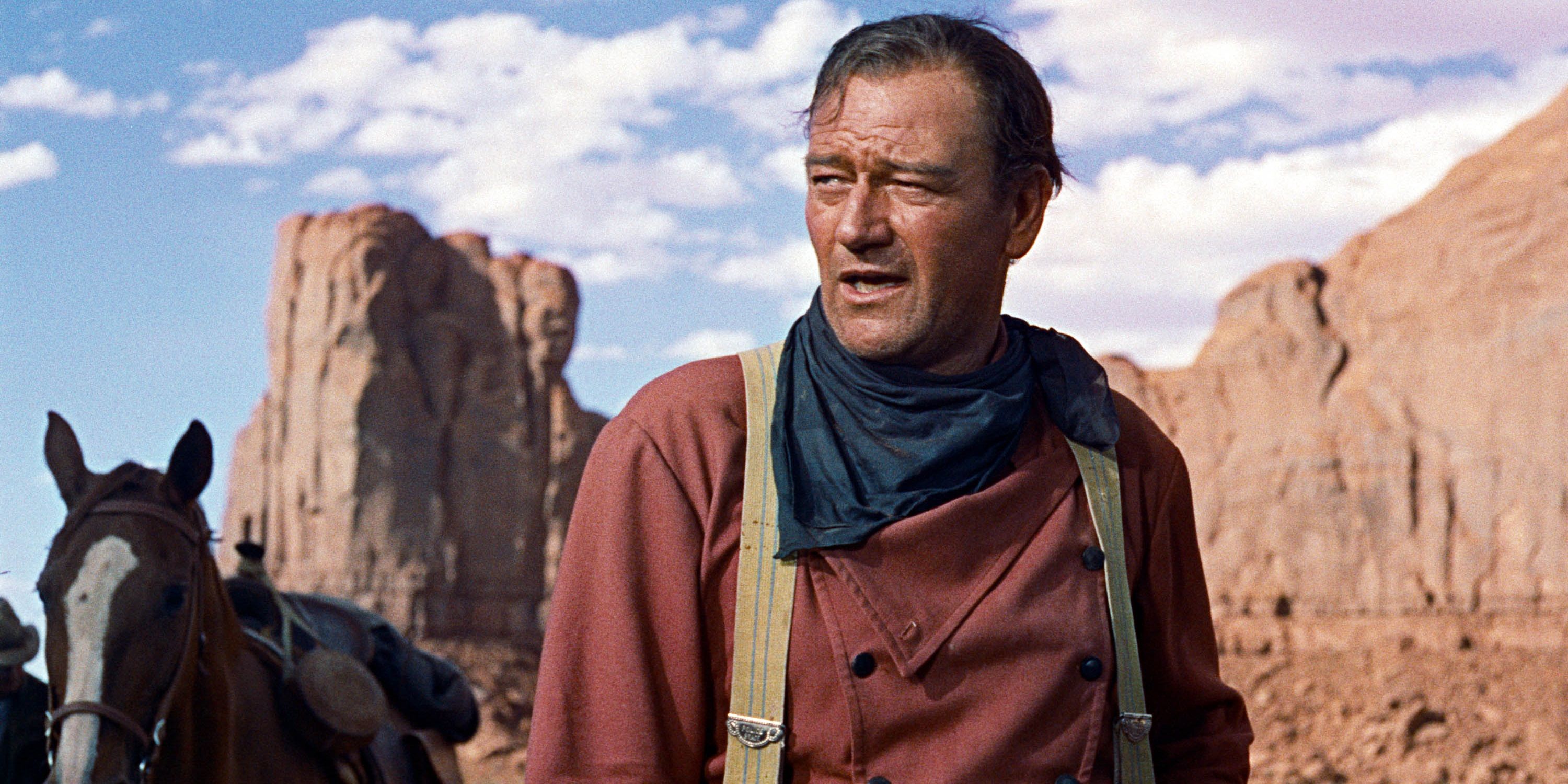
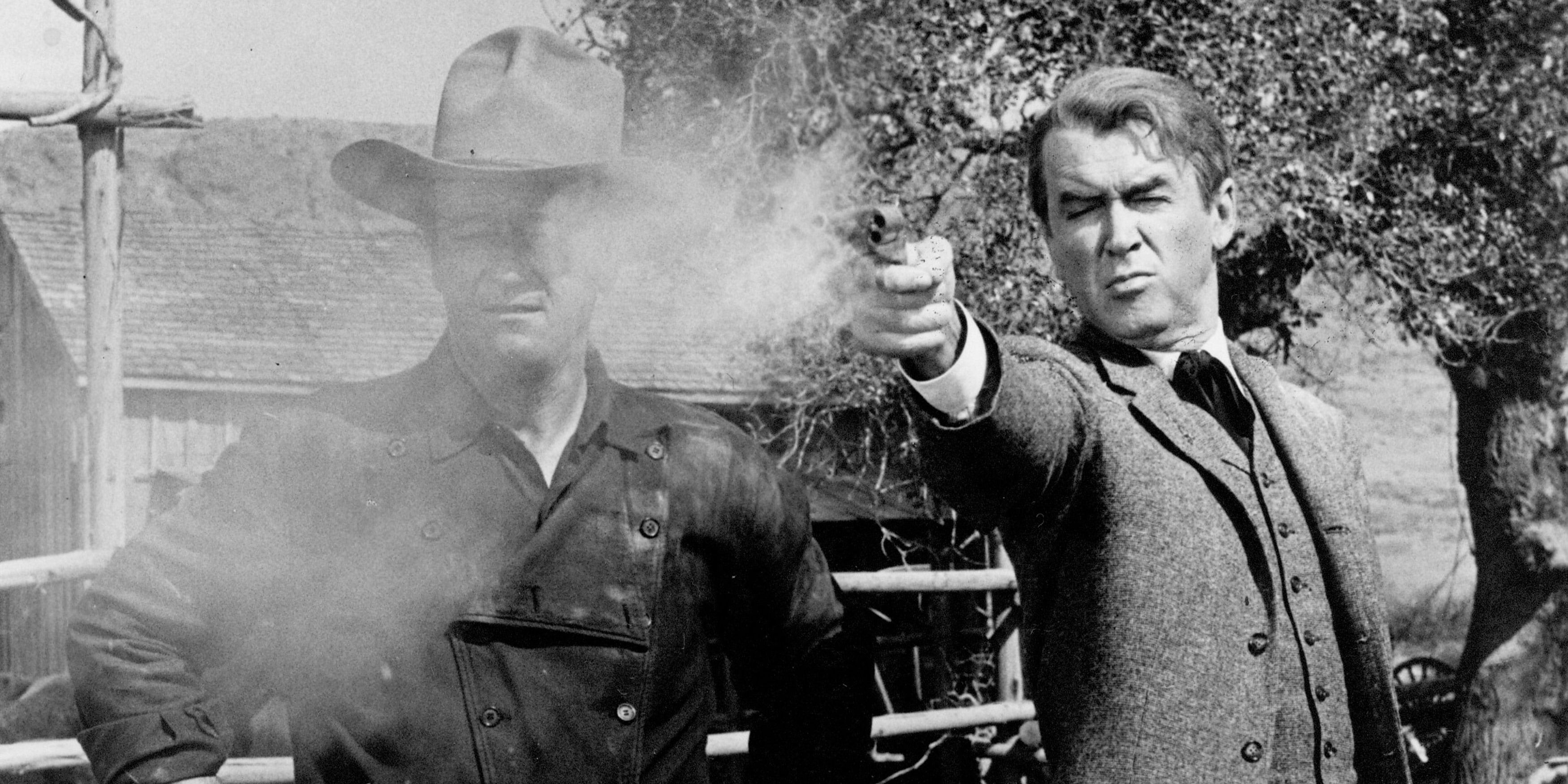
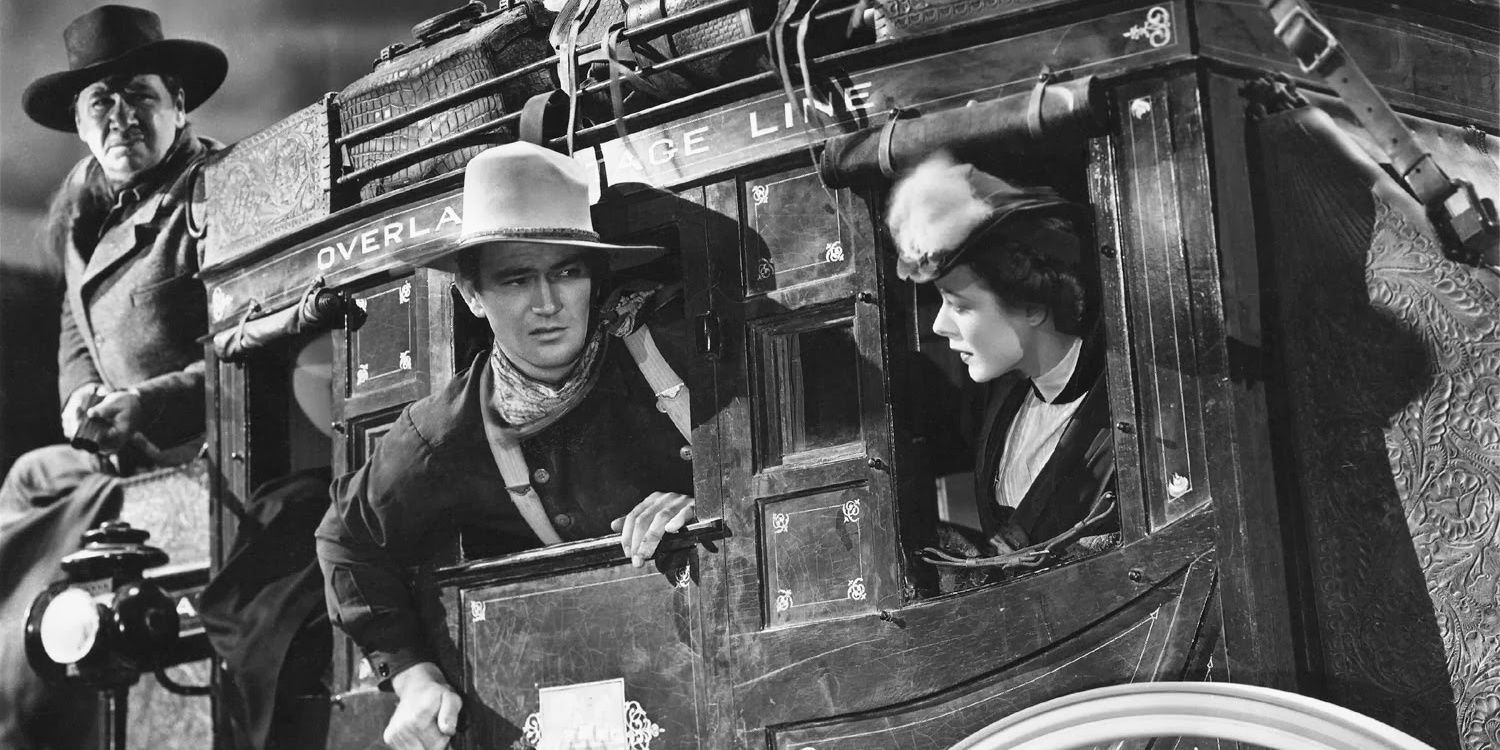



 John Wayne | Silver Screen Collection/Getty Images
John Wayne | Silver Screen Collection/Getty Images

